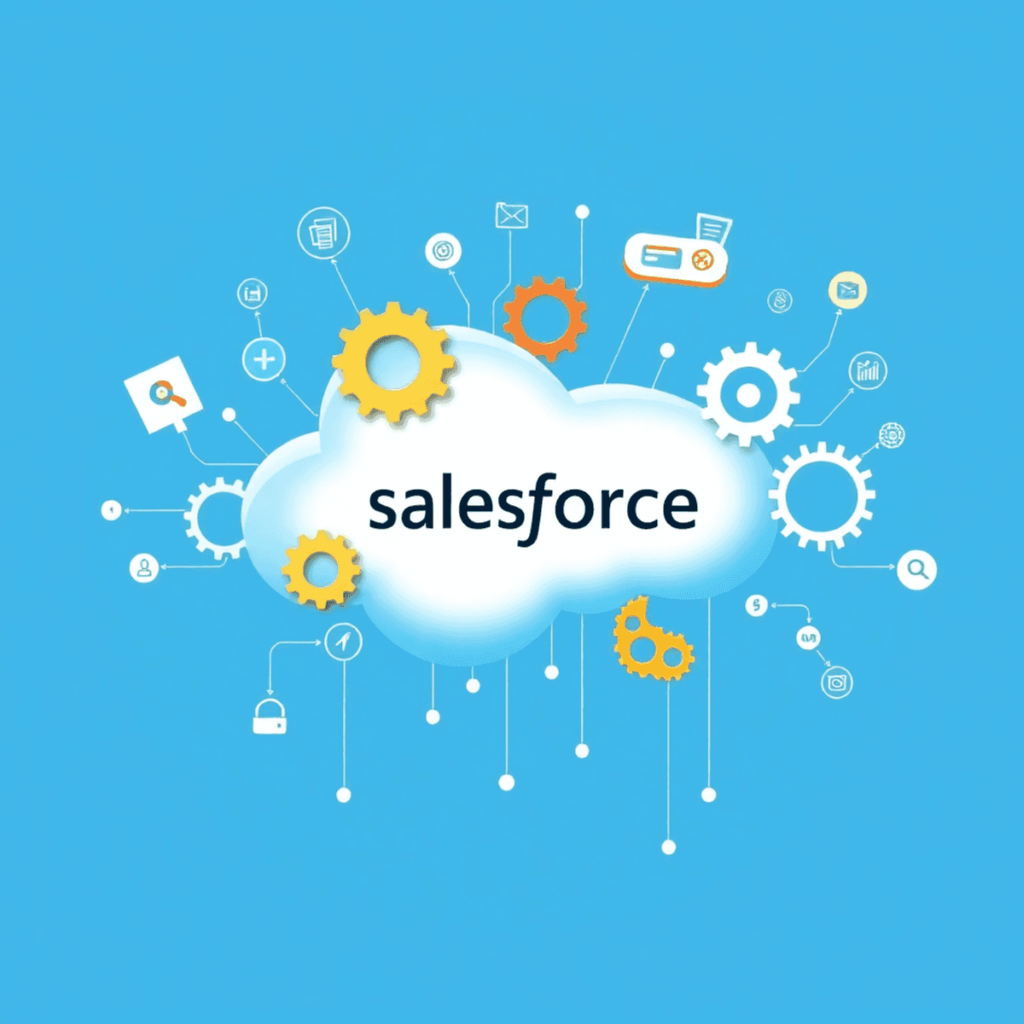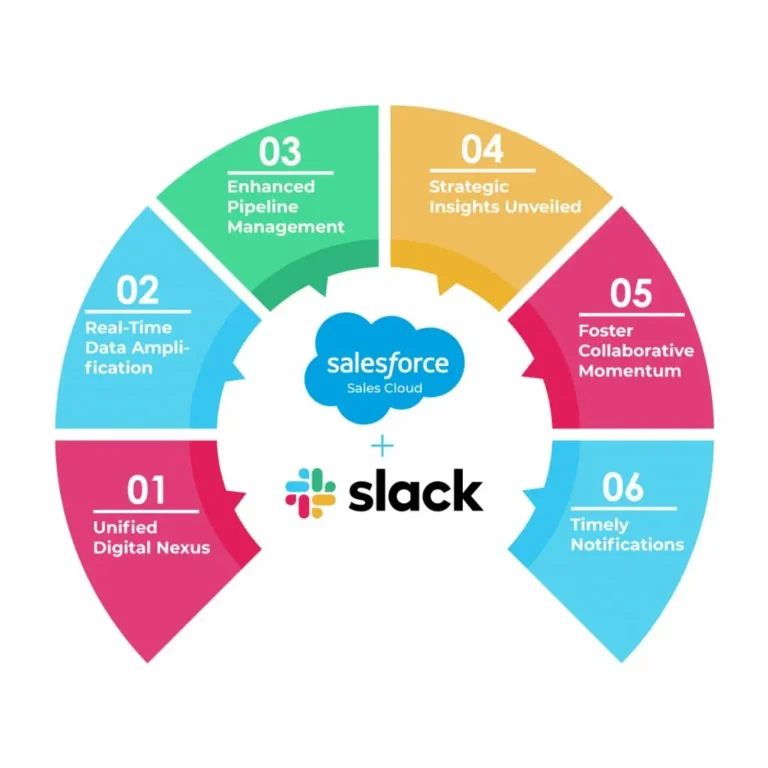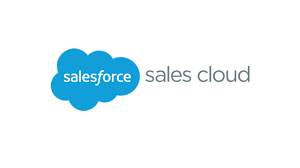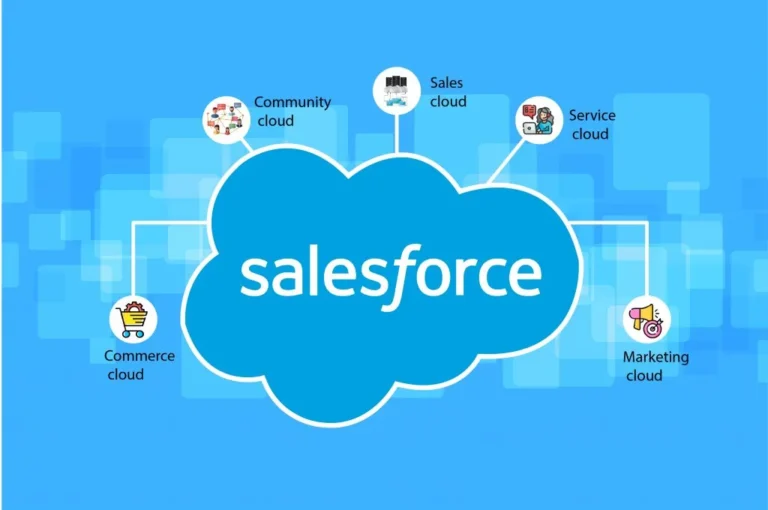
History of Salesforce: From Startup to Global CRM Leader
Salesforce is a name that has become synonymous with innovation in customer relationship management (CRM) and cloud computing. But how did Salesforce grow from a small startup to a global leader in the tech industry? In this blog, we’ll explore the history of Salesforce, highlighting key milestones and innovations that shaped its journey.
The Founding of Salesforce
The history of Salesforce begins in 1999 when Marc Benioff, a former Oracle executive, teamed up with Parker Harris, Dave Moellenhoff, and Frank Dominguez to create a revolutionary CRM platform. Their vision was to deliver enterprise software through the internet, eliminating the need for expensive on-premise installations.
At the time, traditional CRM software was complex, costly, and required significant IT resources. Salesforce aimed to change this by offering a cloud-based solution that was accessible, affordable, and easy to use. This marked the beginning of a new era in the history of Salesforce and the CRM industry.
Early Days and the “No Software” Logo
In its early days, Salesforce adopted the slogan “No Software” to emphasize its cloud-based approach. The company’s first product, Salesforce Automation, was launched in 2000 and focused on helping sales teams manage leads, contacts, and opportunities.
One of the key innovations in the history of Salesforce was its subscription-based pricing model. Instead of charging large upfront fees, Salesforce offered its services on a pay-as-you-go basis, making it more accessible to small and medium-sized businesses. This approach played a significant role in Salesforce’s rapid growth and adoption.
The Introduction of the AppExchange
A major milestone in the history of Salesforce came in 2005 with the launch of the AppExchange, a marketplace for third-party applications built on the Salesforce platform. This was a game-changer, as it allowed businesses to extend the functionality of Salesforce by integrating additional tools and services.
The AppExchange also fostered a thriving ecosystem of developers and partners, contributing to Salesforce’s rapid growth. Today, the AppExchange offers thousands of apps across various categories, including marketing, finance, and productivity. This innovation remains a cornerstone in the history of Salesforce.
The Rise of the Salesforce Ecosystem
Over the years, Salesforce expanded its product offerings to address a wide range of business needs. Some of the key milestones in the history of Salesforce include:
- 2006: Launch of Salesforce Winter ’06, which introduced the concept of “platform as a service” (PaaS) with the Salesforce Platform.
- 2008: Introduction of Salesforce CRM Content, enabling users to store and share files within the platform.
- 2009: Launch of Service Cloud, a customer service solution that transformed how businesses interact with their customers.
These innovations solidified Salesforce’s position as a leader in the CRM space and marked significant chapters in the history of Salesforce.
The Shift to Lightning and AI
In 2014, Salesforce introduced Salesforce Lightning, a modern user interface designed to improve usability and productivity. Lightning offered a more intuitive and customizable experience, making it easier for users to navigate the platform and access critical information.
Another major milestone in the history of Salesforce came in 2016 with the launch of Salesforce Einstein, an AI-powered tool that brings predictive analytics and automation to the platform. Einstein enables businesses to make data-driven decisions and deliver personalized customer experiences.
Salesforce Today
Today, Salesforce is a global powerhouse and has a market cap of ₹22.783 trillion. It serves more than 150,000 customers worldwide, including some of the world’s largest brands.
The company’s product portfolio has expanded to include sales, marketing, customer service, analytics, and application development solutions. Some of its most popular products include:
- Sales Cloud: For sales automation and pipeline management.
- Service Cloud: For customer support and case management.
- Marketing Cloud: For multi-channel marketing campaigns.
- Commerce Cloud: For e-commerce and online shopping.
- Tableau: A data visualization tool acquired in 2019.
Salesforce’s Impact on the Tech Industry
The history of Salesforce is not just about its growth as a company but also its impact on the tech industry. Salesforce popularized the concept of cloud computing and demonstrated the potential of software-as-a-service (SaaS) models. The company’s focus on innovation, customer success, and social responsibility has also set a benchmark for other tech companies to follow.
In addition to its technological contributions, Salesforce is known for its philanthropic efforts. The company follows a 1-1-1 model, donating 1% of its equity, 1% of its product, and 1% of employees’ time to charitable causes.
Conclusion
The history of Salesforce is a story of innovation, vision, and relentless growth. From its humble beginnings in a small San Francisco apartment to becoming a global leader in CRM and cloud computing, Salesforce has redefined how companies manage customer relationships and operate in the digital age.
By continuously evolving and adapting to the changing needs of businesses, Salesforce has cemented its place in the history of technology. In our next blog, we’ll explore the different Salesforce products and how they cater to various business needs. Stay tuned!


